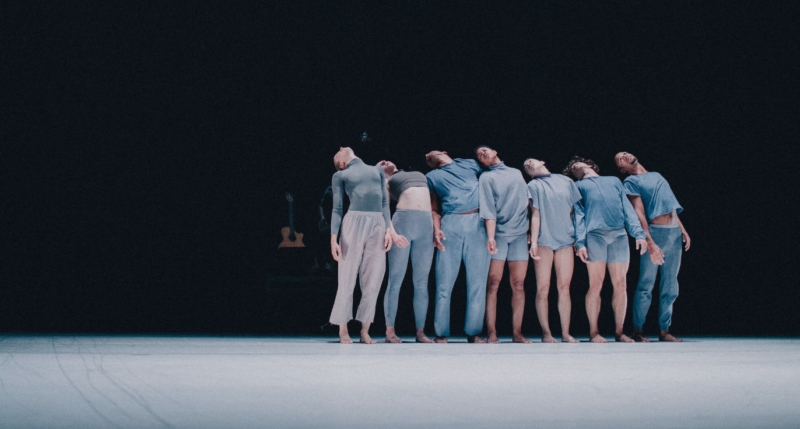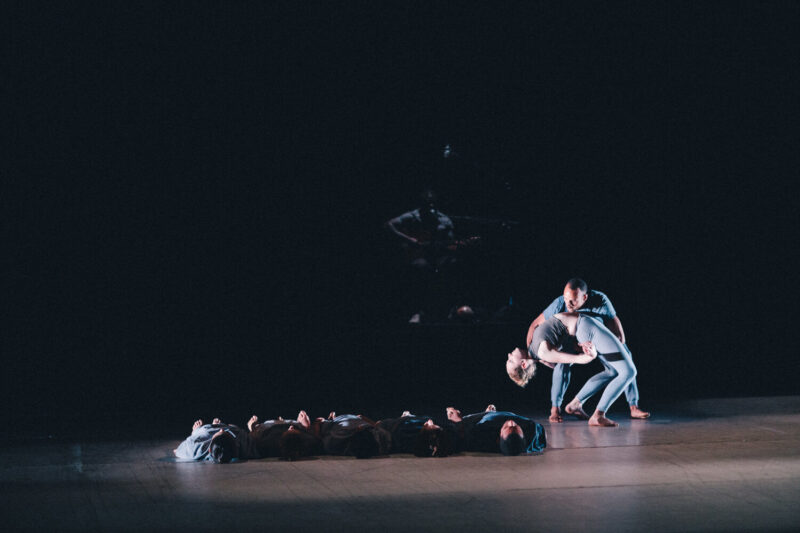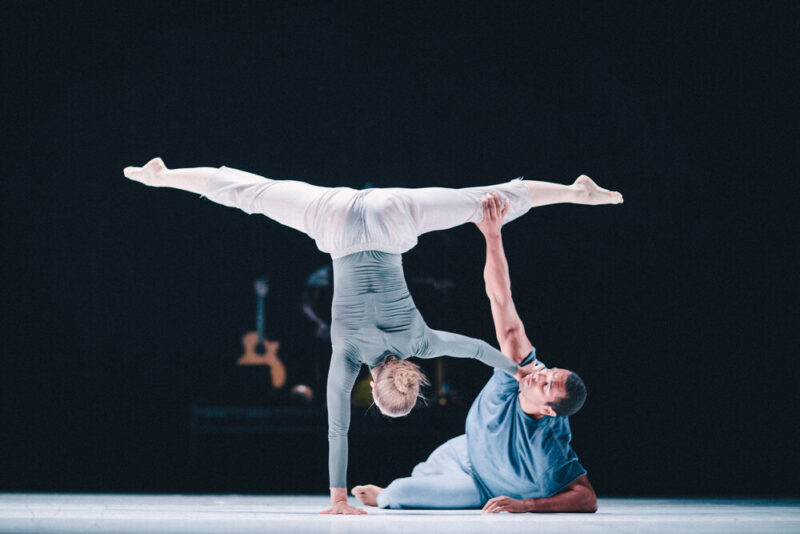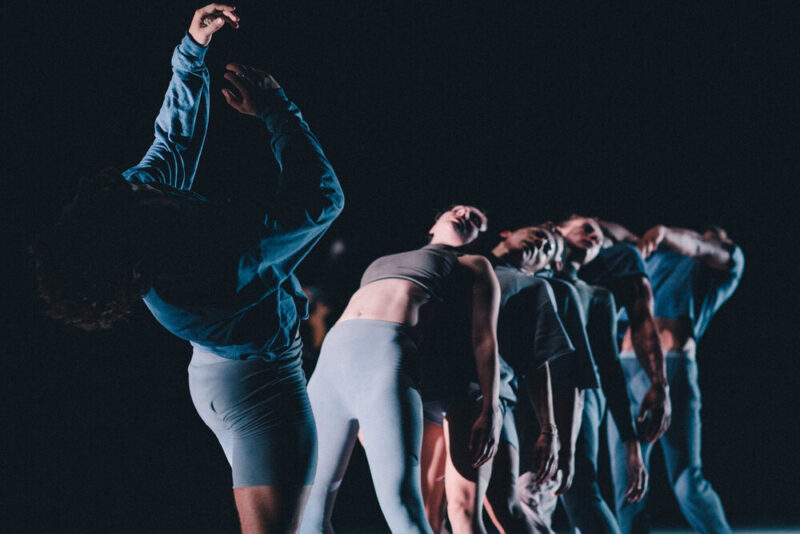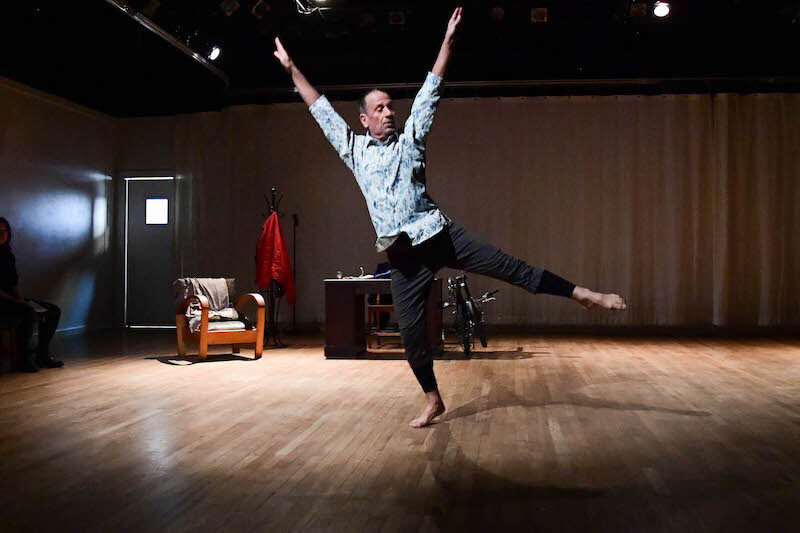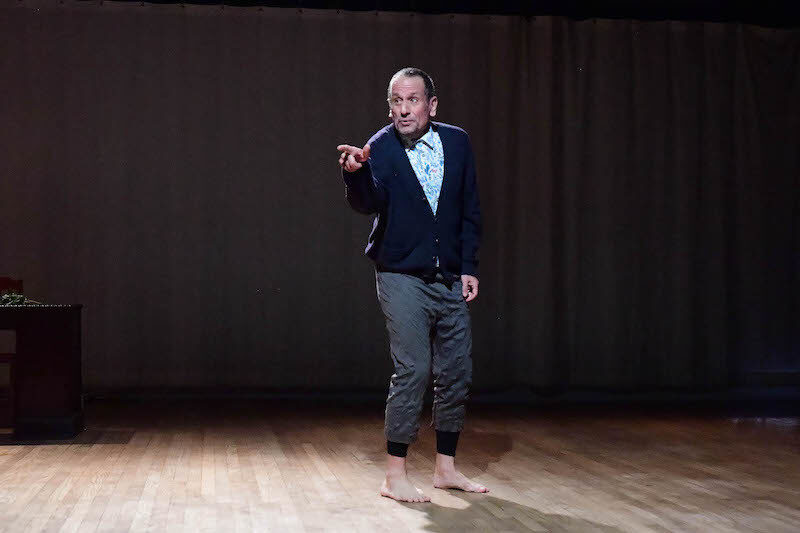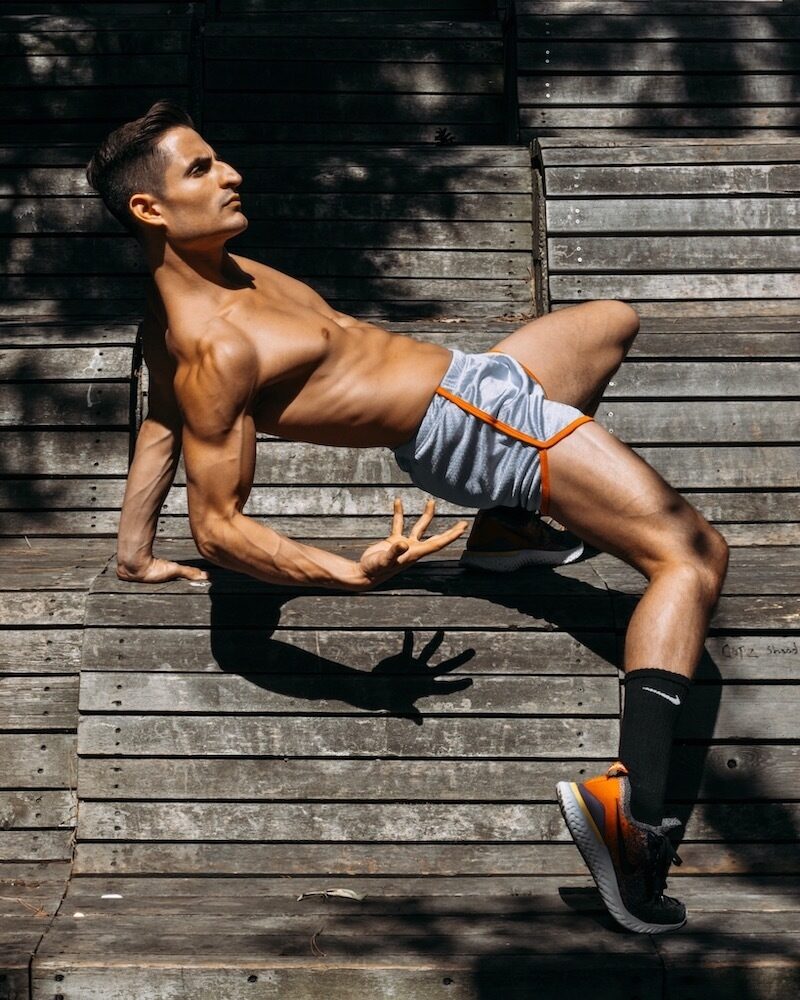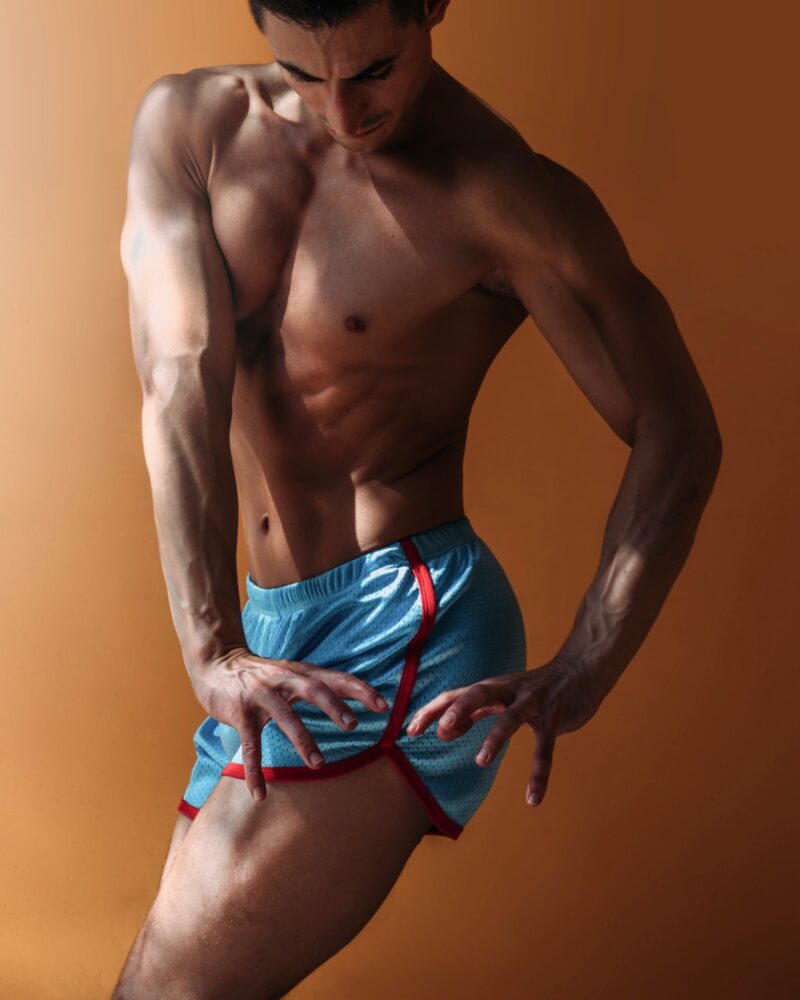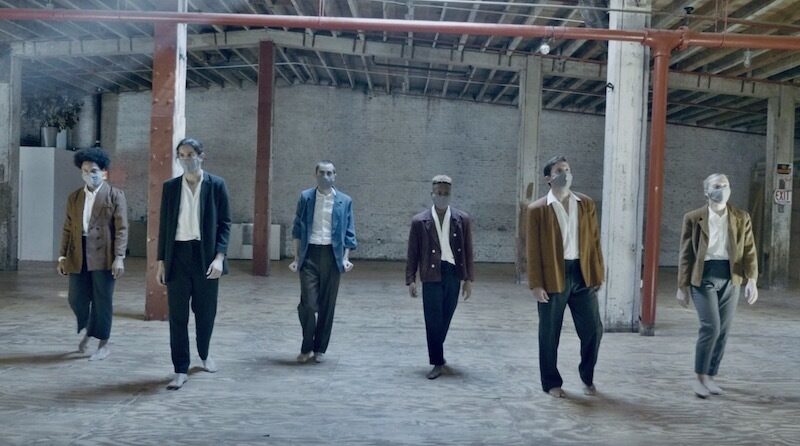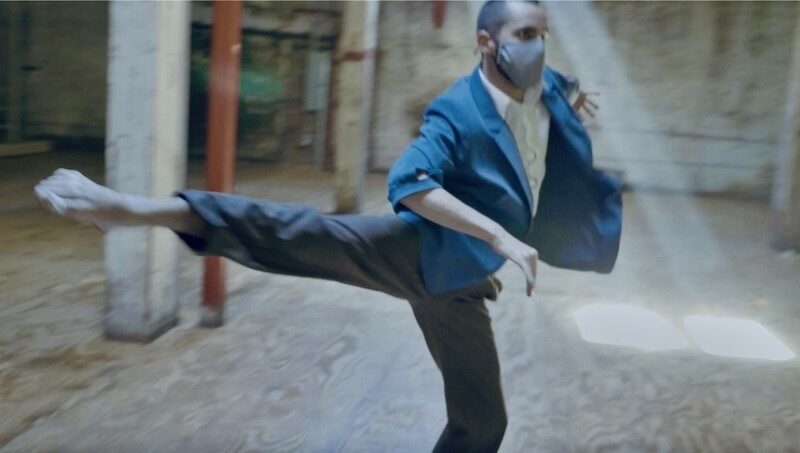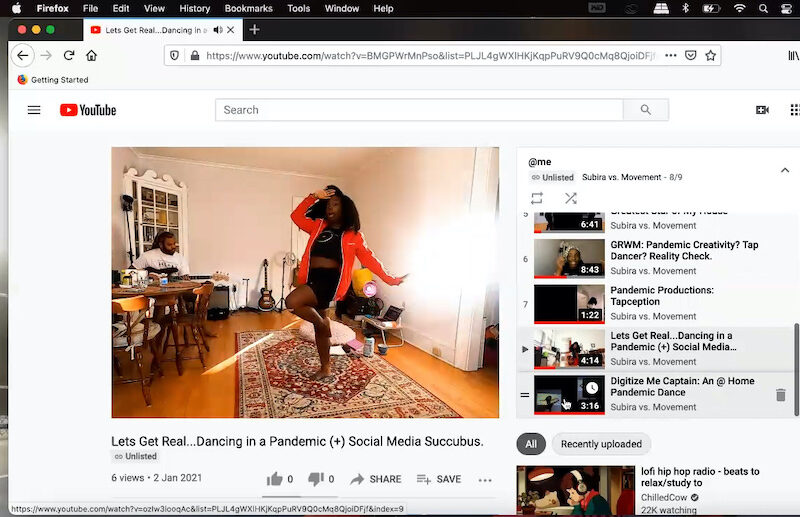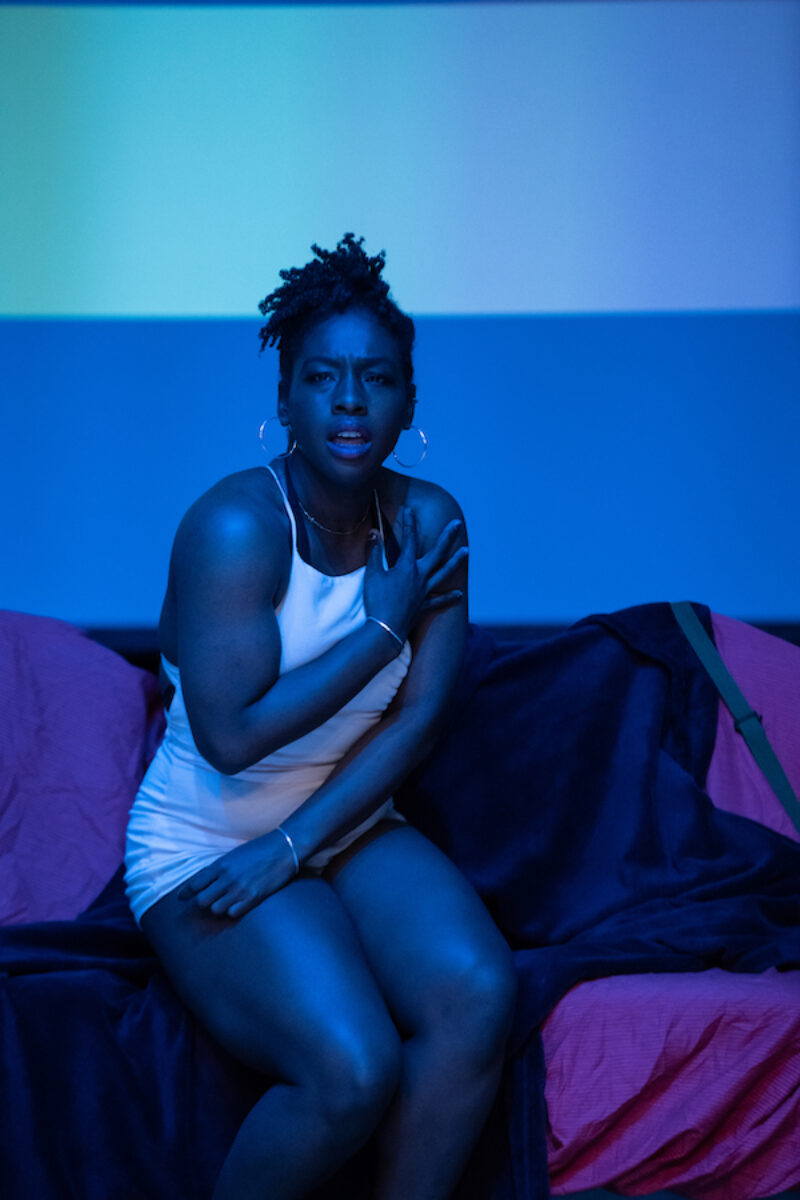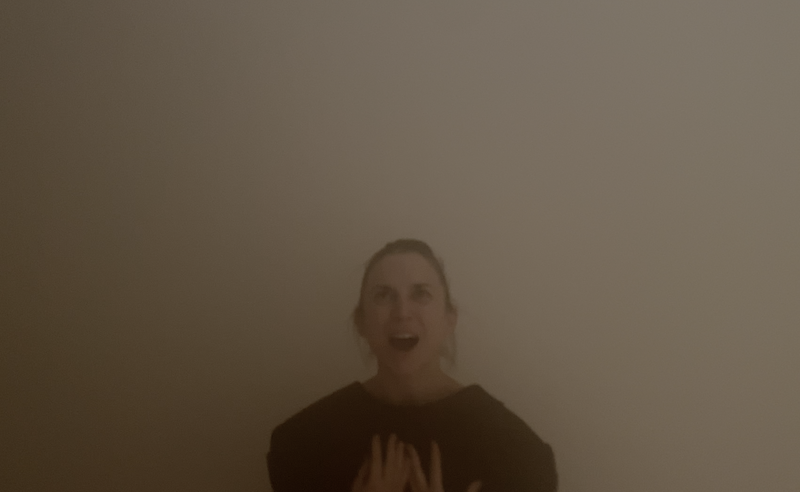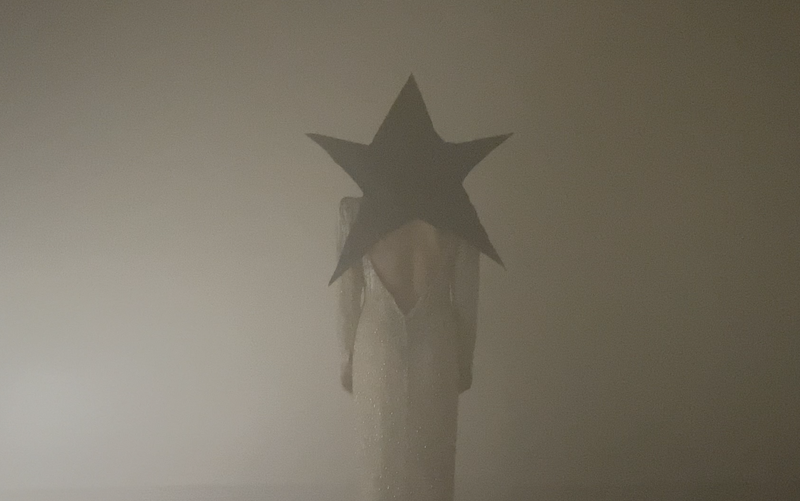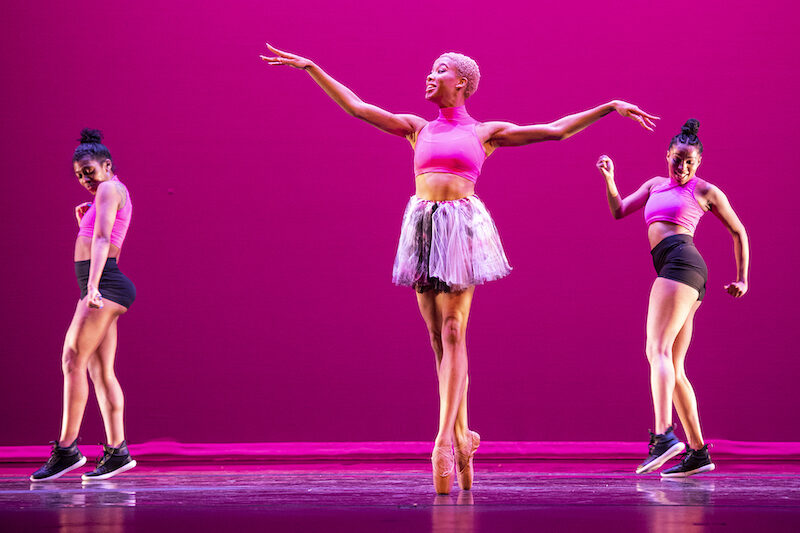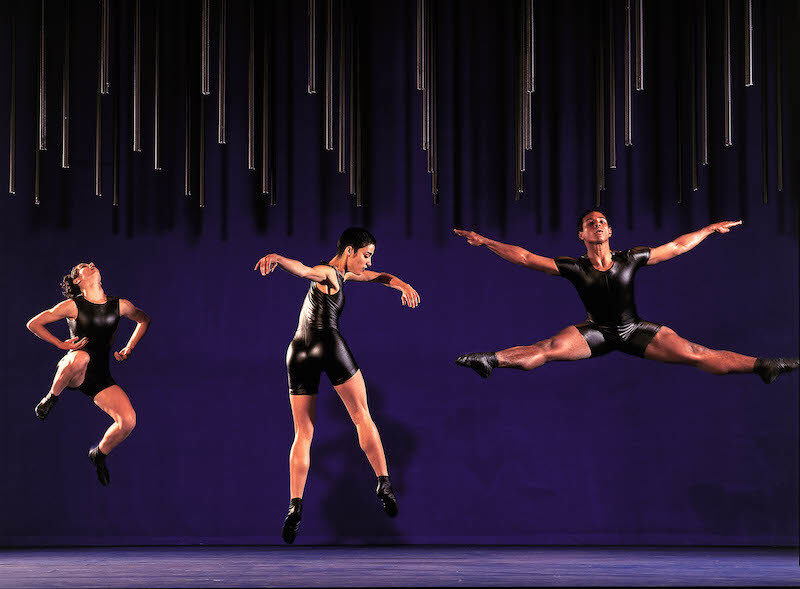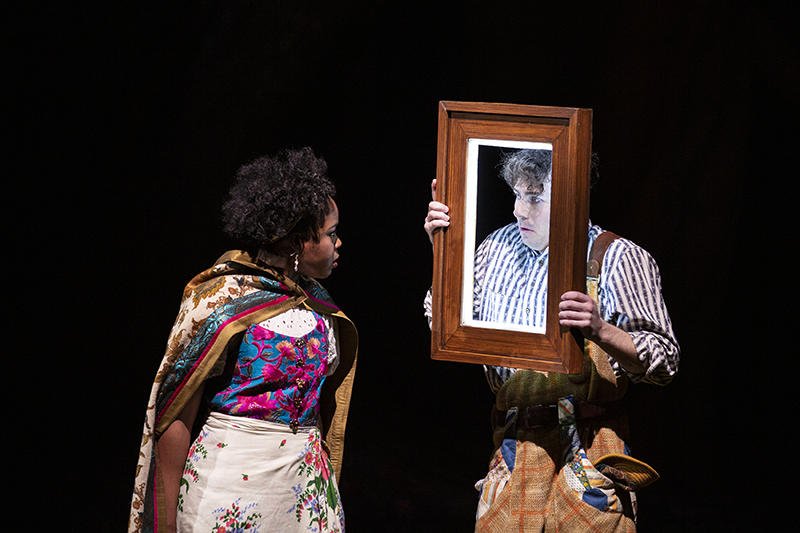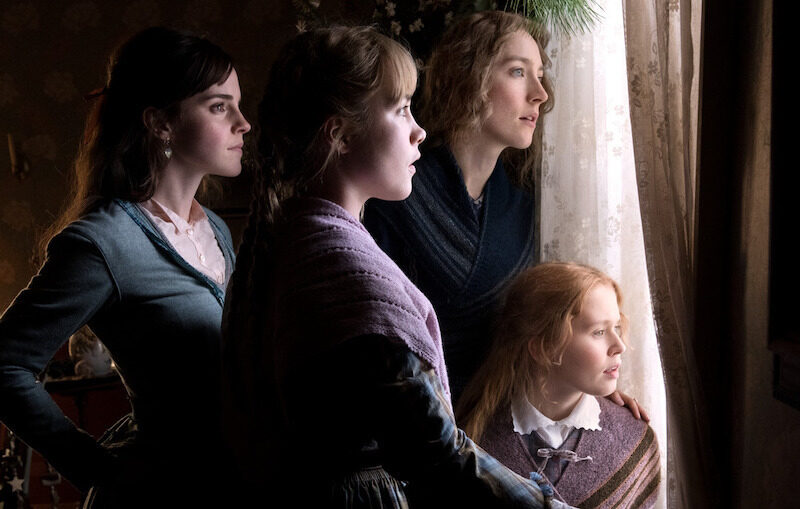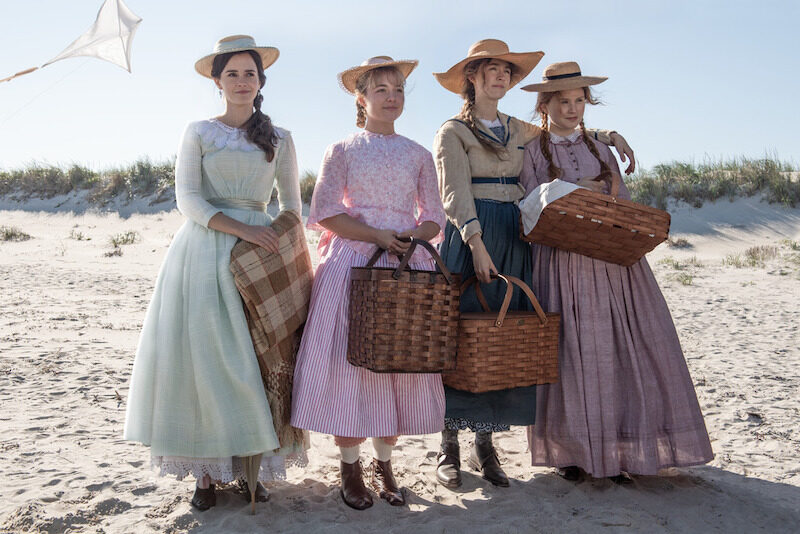In our world today, we eject our opinions onto others. We lack the capacity to merely listen. However, choreographer and artist Nicole von Arx does not want to continue with this norm. With her art, she hopes to connect with the audience and give viewers a space to raise questions, find answers for themselves, and be able to engage in ambiguous discussions with those around them.
During the pandemic, people have been isolated in their homes, not interacting with others as much as they used to. The global pandemic, social unrest, and changing economic situation has led people to question the world that we live in, and finding answers to those questions proves to be extremely difficult. But, von Arx offers audiences a unique and fulfilling experience through dance; one that is not typical to stumble upon. She provides an immersive experience where the audience is a part of the journey that the dancers are creating. Through this mutual relationship between the audience and von Arx’s choreography, emerges an area for one to unpack questions and attempt to find the answers we all need.
Open, grounded, and present. Inquisitive and real. Strong, passionate, with expressive brown eyes; von Arx is a storyteller, not only through dance, but also through words. Earlier this year, she was able to perform—outdoor and socially distanced—her solo Nine. There’s a part in the show where von Arx is not dancing, but instead asking the audience specific questions such as: “Hello. How are you?” and “How are you feeling right now?” In addition to her monologue, von Arx incorporates moments of interaction and has the audience stand up, do a 360 degree turn, or raise their hands.
She vividly remembers the audience laughing, engaging with the show, and talking to those around them.
“It was beautiful… To be on stage and witnessing that after months and months of not interacting with audiences and having them go through all of these emotions, was super powerful,” von Arx said. “I think that’s my journey and how I’m going to delve more and more into connecting with audiences and taking them into a journey.”
This was the moment von Arx knew she wanted to make art not only for herself and the dancers on stage, but for and with the help of the audience.
The revolutionary idea von Arx has reintroduced of allowing others to work ideas out for themselves starkly contrasts with how our society operates. Instead of viewers choking on a barrage of various opinions, von Arx instead allows one to breathe and think for themself.
“I want to raise questions that give answers,” von Arx said. “I’d rather give a chance for people to express themselves than try to tell them what to think.”
Von Arx stands out in the dance community. She is an artist who cares about the audience and whose purpose is to connect with them in order for the viewers, or rather participants, to grow individually.
A pivotal moment in von Arx’s creative journey was when she received an enlightening piece of advice. The advice? Listen to others. When the moment comes, when one feels like inserting a comment into another’s story, “That is the moment where you have to take a deep breath and let the person tell the whole story,” von Arx said. “Let them shine and go through that journey because they also need to let out those emotions and tell you that story. And it will feel different… you have to let people express themselves.”
Von Arx allows her audience to shine and have the space to disassemble and explore ideas, so that we can better understand ourselves and each other. And from there, move forward.
And now, von Arx is giving audiences a chance to utilize this priceless space to engage in her journey and explore ideas for themselves. On Thursday, February 4, CHOP SHOP is presenting the world premiere of von Arx’s dance film Bright Night.
“The moment we filmed it, I had a lot of sadness, and I think in dance, there is a lot of sadness right now for our community and not being able to perform and connect with audiences. I didn’t want to put a facade on top of that feeling, I actually wanted to embrace that feeling of desperation and loneliness.”
It’s a contradiction between the utter darkness of the night and how we can brighten up those moments. In von Arx’s short film, she allows us to reflect on those darker moments and validate them, so that we can begin to engage in conversation around our harder times.
See the CHOP SHOP premiere of von Arx’s short film Bright Night on Thursday, February 4 to embark on a journey, explore questions and answers, and to participate in von Arx’s connective craft.
You can see Nicole von Arx's work at CHOP SHOP Dance Festival’s online offering. The dance films are available on their website through March 31, 2021.
Lead Photo Credit: A still from Bright Night, choreography and performance by Nicole von Arx, videography by Dan Gross.
The TeenTix Press Corps promotes critical thinking, communication, and information literacy through criticism and journalism practice for teens. For more information about the Press Corps program see HERE.
This review was written as part of an Arts Journalism Intensive with CHOP SHOP Dance Festival which was held January 10-31, 2021. The workshops was taught by Press Corps teaching artist Gabrielle Kazuko Nomura Gainor.
This workshop was generously sponsored by Case van Rij and the Glenn Kawasaki Foundation.

